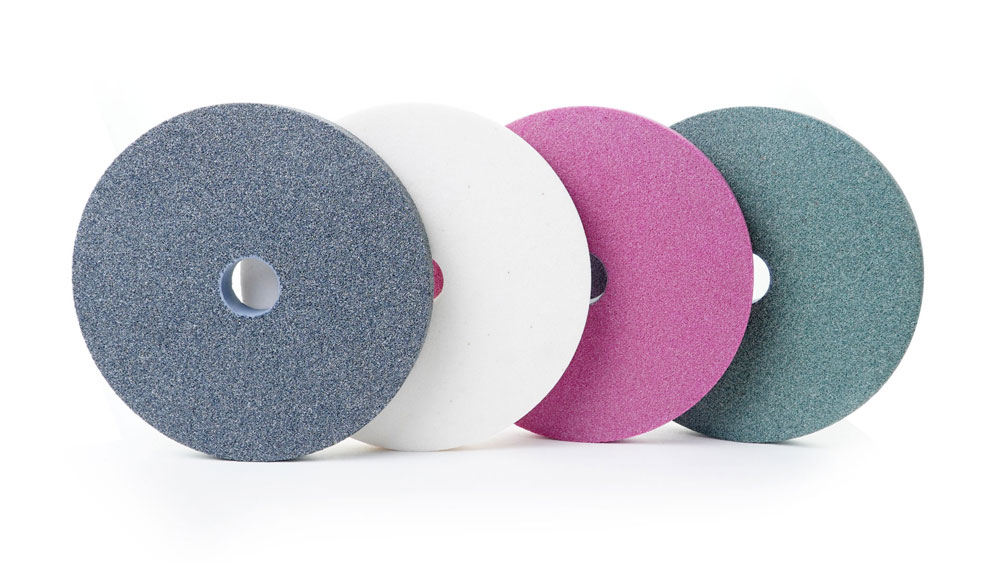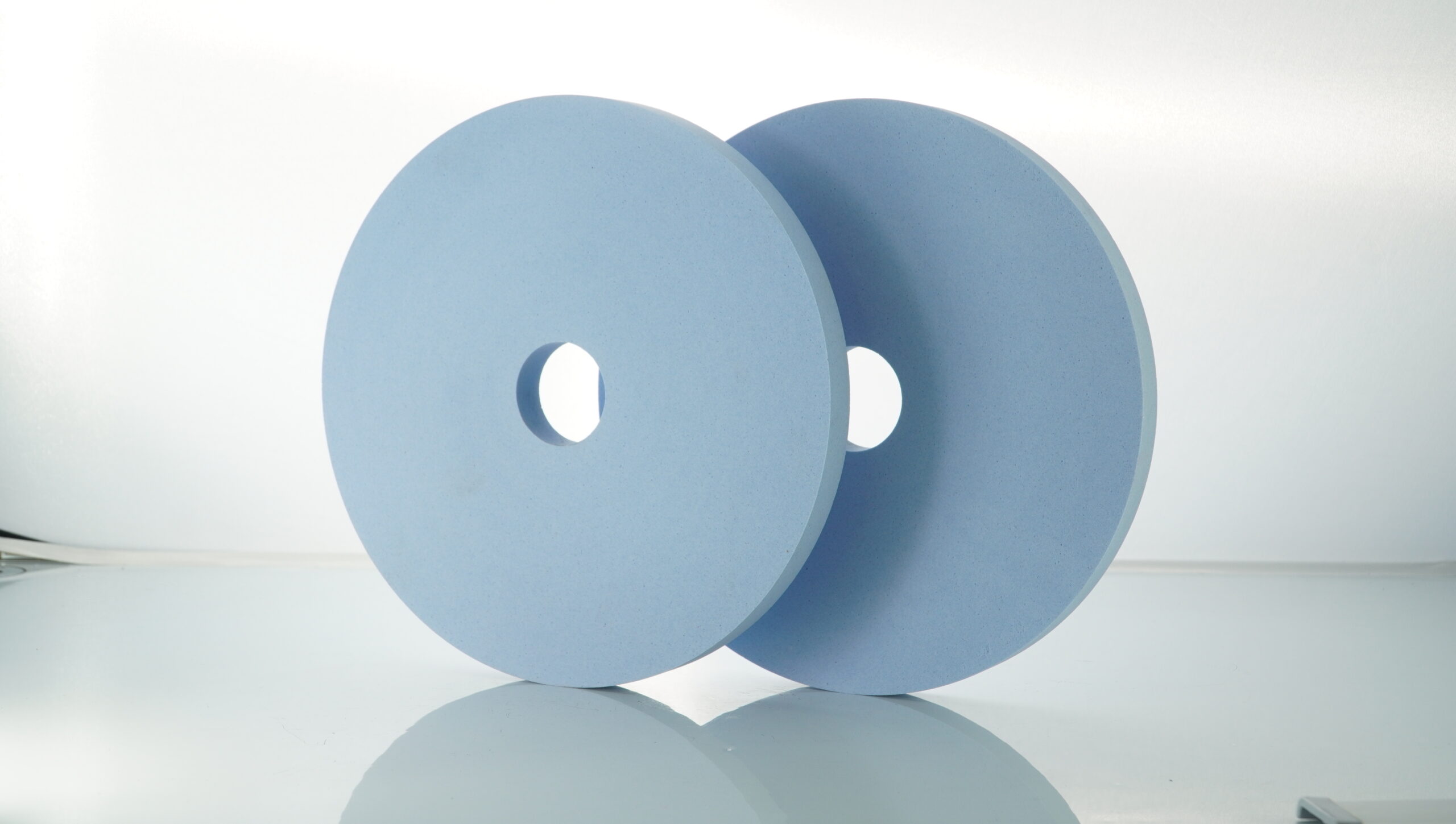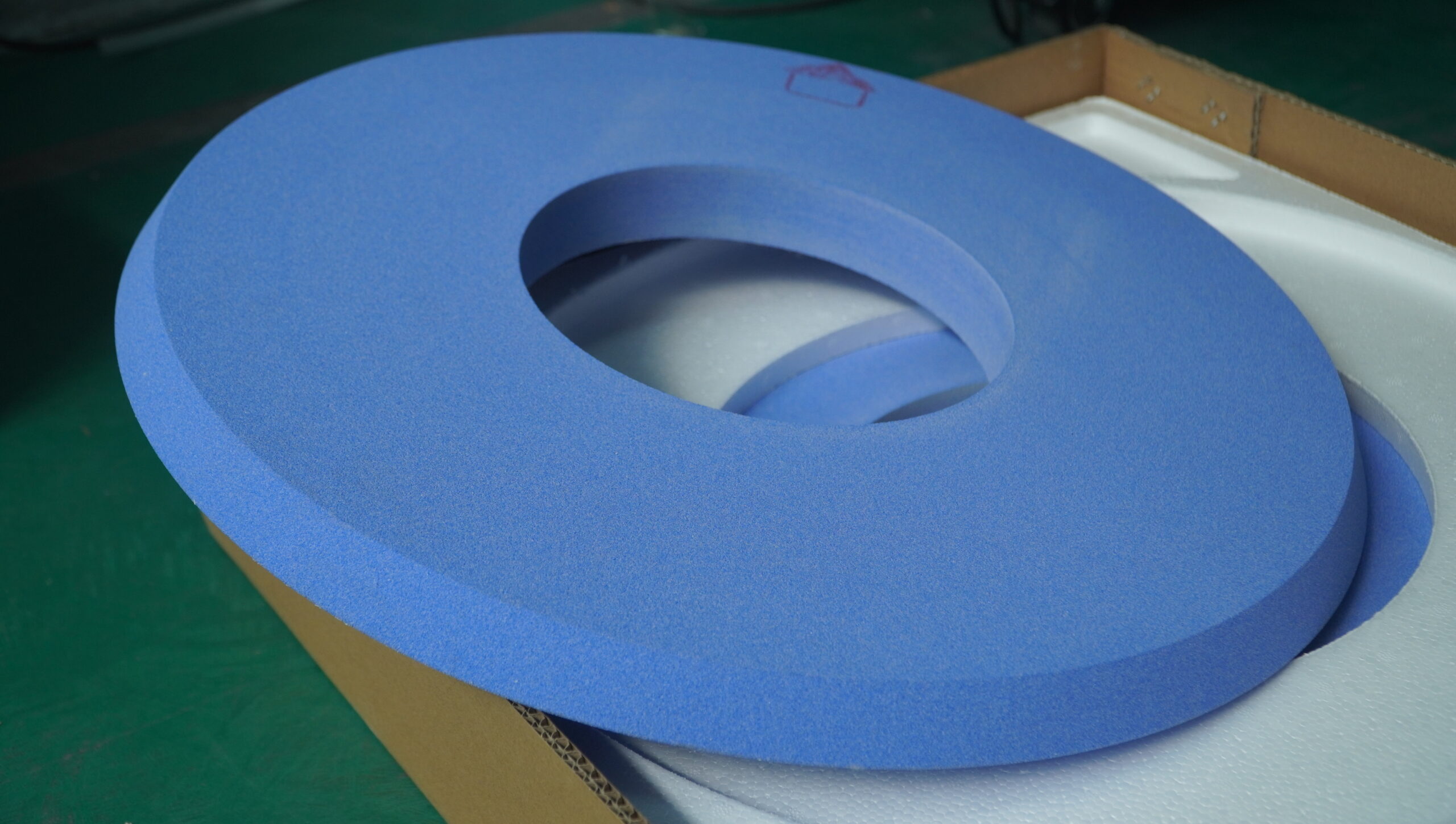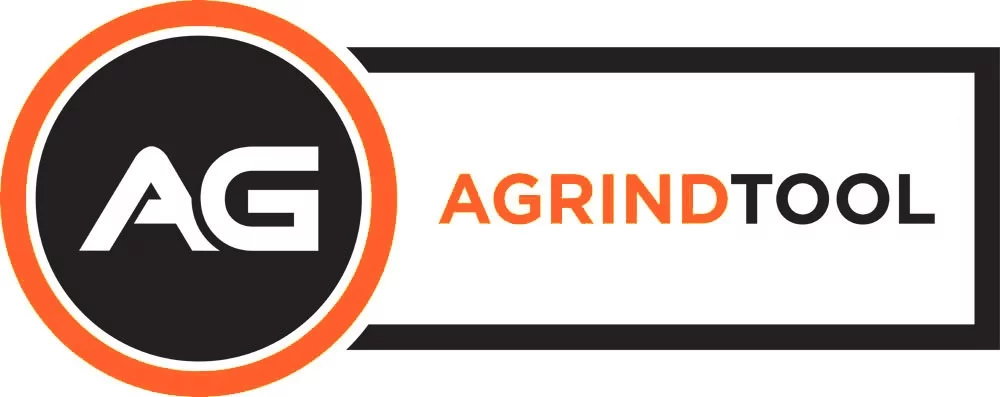Grinding wheel wear is an inevitable phenomenon during use. Whether it is ordinary grinding, high-speed grinding, or heavy-duty grinding, the grinding wheel will gradually wear out and lose its original performance. Wear not only involves surface material consumption but also involves changes in the structure of the grinding wheel and the breakage of abrasive grains. So, what causes grinding wheel wear?
The rate of grinding wheel wear can be attributed to the following factors:

1. The hardness of the workpiece: If the hardness of the workpiece being ground is high, such as hard alloys, ceramics, etc., it will cause greater wear on the grinding wheel, resulting in an accelerated wear rate.
2. Adhesive properties of the workpiece: Some materials have high adhesion, such as cast iron, copper alloys, etc., and are easy to adhere to the surface of the grinding wheel during grinding, causing abrasive particle blockage and failure, which will accelerate grinding wheel wear.

3. Selection of grinding parameters: Improper grinding parameters, such as too high feed speed, too large cutting depth, too large grinding pressure, etc., will increase the load on the grinding wheel, resulting in an increased rate of wear.
4. Quality and material selection of the grinding wheel: The quality and material quality of the grinding wheel directly affect its wear resistance. High-quality grinding wheels usually have higher wear resistance, and the wear rate is relatively slow.
5. Use of grinding fluid: The selection and use of grinding fluid also have an impact on the wear rate of the grinding wheel. Proper cooling lubricant can reduce abrasive particle blockage and failure and delay the wear of the grinding wheel.

6. Use and maintenance of the grinding wheel: Proper use and maintenance of the grinding wheel can extend its service life. For example, regularly cleaning the surface of the grinding wheel, timely trimming the grinding wheel, avoiding excessive grinding, and other measures can slow down the wear rate of the grinding wheel.

The rate of grinding wheel wear is related to the above comprehensive factors. Different abrasives, different materials of the workpiece being ground, and different processing conditions may affect the wear rate of the grinding wheel. So, what problems does grinding wheel wear cause?
1. Decreased grinding precision: Grinding wheel wear will cause changes in the surface shape and size of the grinding wheel, affecting the precision and surface quality of grinding.
2. Decreased grinding efficiency: As the grinding wheel wears, the abrasive particles decrease and the binder ages, leading to a decrease in grinding efficiency, requiring more time to complete the same grinding task.

3. Reduced grinding wheel life: Accelerated grinding wheel wear will shorten the life of the grinding wheel, requiring more frequent replacement of the grinding wheel, increasing the cost of grinding and production downtime.
4. Unstable cutting force: Uneven grinding wheel wear will cause uneven cutting force distribution, causing workpiece vibration and instability, affecting grinding precision and surface quality.
5. Thermal damage: Grinding wheel wear will cause more heat to be generated during grinding, increasing the risk of thermal damage to the workpiece and grinding wheel, which may cause workpiece deformation, cracking, and other problems.

Therefore, timely inspection of the degree of grinding wheel wear and maintenance and replacement is important to ensure the quality, precision, and efficiency of grinding. At the same time, selecting grinding wheels and controlling grinding parameters reasonably can also prolong the service life of the grinding wheel and improve grinding efficiency.
